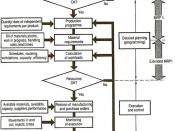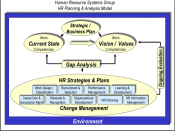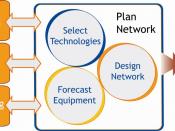Enterprise resource planning: (noun); An accounting-oriented information system for identifying and planning the enterprise-wide resources needed to take, make, ship, and account for customer orders.
Referenced from:- the APICS Dictionary, 10th edition
Enterprise resource planning (ERP) systems started as a means for inventory control and grew to replace islands of information by integrating traditional management functions, such as financials, payroll, and human resources, with other functions including manufacturing and distribution. Currently, the complexity of business is creating new user needs; the growth of computers is developing new potential; the quest for new markets by vendors has given users a new voice; and ERP is evolving once again. Names and acronyms like extended-ERP, ERP II, enterprise business applications (EBA), enterprise commerce management (ECM), and comprehensive enterprise applications (CEA) are being tossed about, but what's really going on? In the 1960s, the key goal of an ERP system was inventory control. Manufacturers assumed consumers would continue their buying patterns and aimed to keep enough inventory on hand to meet demand.
The sophistication of resource planning grew with the affordability and feasibility of the computer. In the sixties, computers were large, hot, noisy machines that occupied entire rooms, but by the seventies, average manufacturing companies could finally afford them. The innovation computers allowed caused management to review traditional product cycles and resource allocation. Materials requirement planning (MRP) computer systems were developed to promote having the right amount of materials when needed.
MRP gave planners more control, allowing them to be proactive and use time phased orders, rather than reacting only when delays occurred. However, because of the limitations of computers at the time, the software could handle only limited variables. There was no way to see how a late part, for example, would impact overall production. The general assumption was that delays in...


